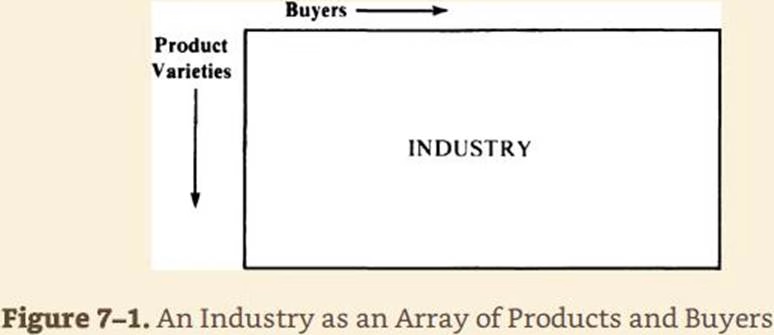CIPS L4M2 Defining Business Needs Online Training
CIPS L4M2 Online Training
The questions for L4M2 were last updated at Apr 15,2025.
- Exam Code: L4M2
- Exam Name: Defining Business Needs
- Certification Provider: CIPS
- Latest update: Apr 15,2025
Which of the following might be the consequences of under-specification? Select TWO that apply:
- A . Few suppliers can supply the full range of features
- B . Additional cost to rework
- C . Unfit products or services
- D . Poor competition between suppliers
- E . Higher cost due to inessential features
Which of the following might be the consequences of under-specification? Select TWO that apply:
- A . Few suppliers can supply the full range of features
- B . Additional cost to rework
- C . Unfit products or services
- D . Poor competition between suppliers
- E . Higher cost due to inessential features
Competitors are increasingly deploying robotics and automation to boost productivity.
Which of the below business sectors does EV Inc belong to?
- A . Construction
- B . Manufacturing
- C . Financial services
- D . Retails
Lider Ltd is a leading bathroom furniture manufacturer in India. The company has more than 30 years experience in the market with extended knowledge of engineering and customers’ taste. Lider is planning to launch a new type of bath fitting next year which offers Bluetooth connectivity and thermostat display. The company gathers a team of multi-disciplines, including engineering, procurement, sales and marketing. At the first team meeting, the project leader tells the team to discuss which functions will be valued by the customers, and how to deliver those functions with the lowest costs possible.
Which of the following describes the process that the project team is undertaking?
- A . Cost analysis
- B . Standardisation
- C . Value engineering
- D . Just in time
Dana is an automobile manufacturer. It has a new electrification strategy that aims at making eco-friendly electric pick-up trucks. To implement this strategy, the procurement department must source new categories of parts that make motors, sensors, solenoids and stators. He starts to analyse the market by identifying specific supply market segments for those parts and finding suppliers who have the best capabilities in those segment. He intends to segment the market based on specific features of the products.
Which variable is used by Dana procurement manager to shape and manage supply market?
- A . Buyer segments
- B . Channel segments
- C . Geographical segments
- D . Product segments
Which of the following is a risk to buying organization when using conformance specification?
- A . Buyer is responsible for product failure
- B . Buyer may face liquidity risks
- C . Buyer cannot control the inputs
- D . Time to produce specification is shortened
After a project, the procurement team at CLK Ltd meets up and summarises on the performance. They see that they actually spent $5,000 less than planned budget. The team tries to identifies why there is such difference.
This activity is known as…?
- A . Cash flow analysis
- B . Variance analysis
- C . Rolling budget
- D . Cost modelling
Which of the following bodies provides standards for the products and services in the US?
- A . ISO
- B . ANSI
- C . AFNOR
- D . BSI
Sabic is a petrochemical manufacturer. It wants to digitalise its operation and is looking for new IT system. The procurement manager approaches this matter with a through-life specification. He supposes that stating “good quality” in the specification will be enough for quality standard section. Is the procurement manager’s thought appropriate?
- A . Yes, because the specification should be concise.
- B . No, because “good quality” is an in-house jargon that suppliers are not familiar with
- C . Yes, because IT sector has its own standard of quality, therefore, suppliers may deliver good quality without any further explanation
- D . No, because “good quality” is very ambiguous for suppliers to identify Sabic’s re-quirement
Which of the following factors are likely to be direct barriers to a new entrant in a supply market?
- A . Threat of forward integration
- B . Value to price
- C . Brand identity
- D . Availability of substitutes
- E . Cost advantages
Latest L4M2 Dumps Valid Version with 144 Q&As
Latest And Valid Q&A | Instant Download | Once Fail, Full Refund


